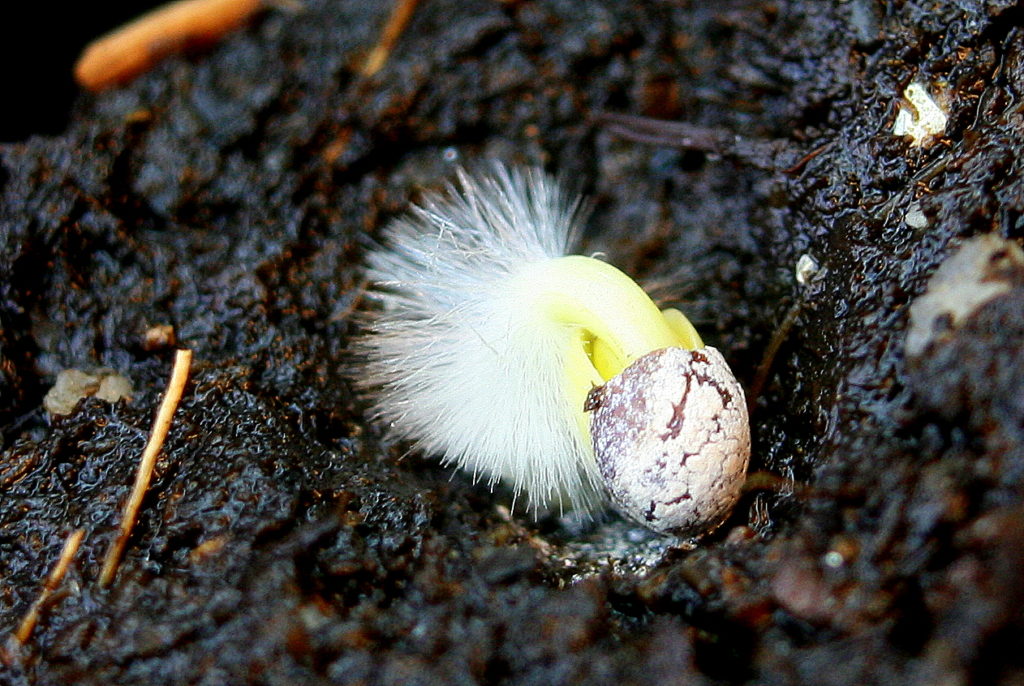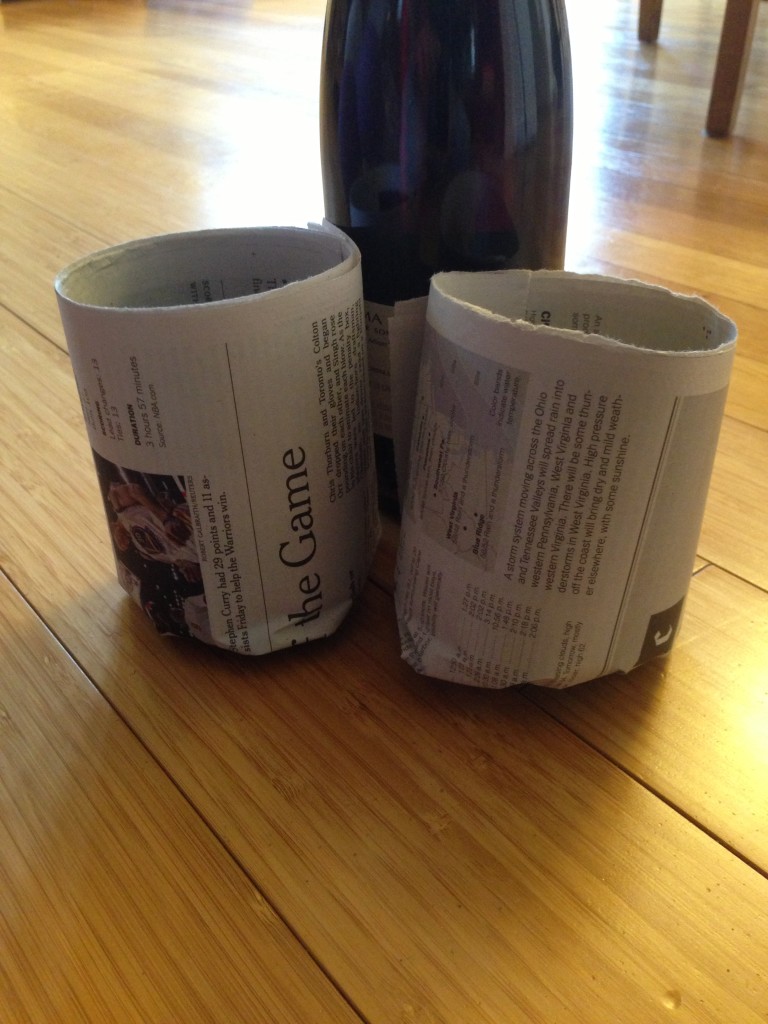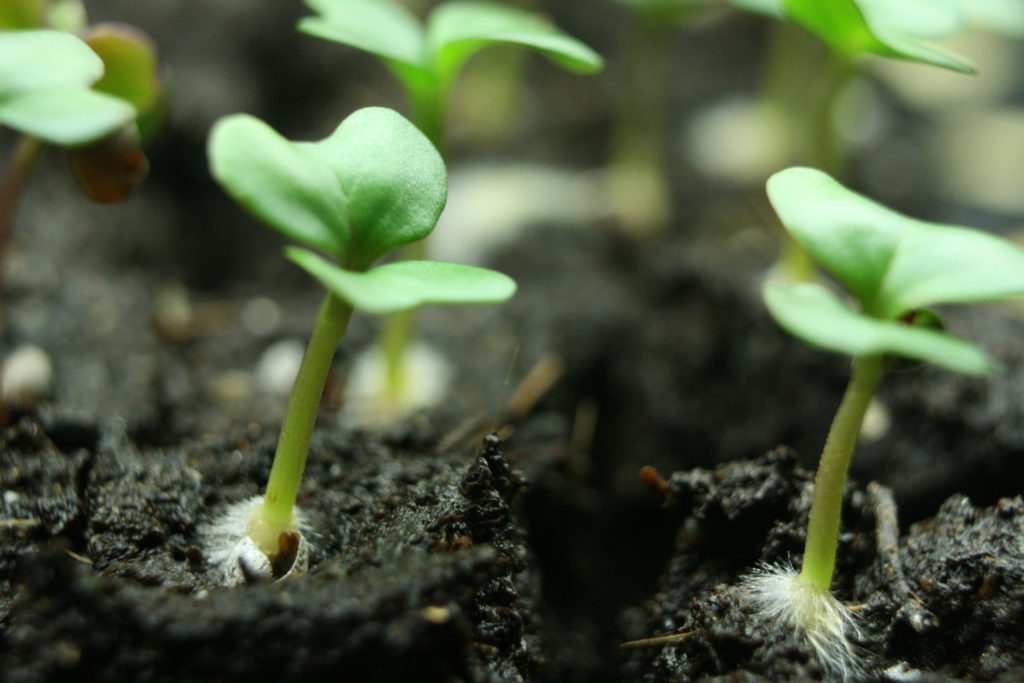
I talk about this every year because it is both beautiful and a new concept to so many people.
What you see is a Farao cabbage seed germinating ON TOP of the soil. If you look closely you will see that the seed split open, allowing the stem and first leaves to go out one end and the roots to begin searching for nutrients out the other.

The seed was sown ON a soil block. As we try to reduce our use of plastics, soil blocks are a great option. Simplified: You use a metal (and plastic) tool to compress moist soil into blocks with a divot on top. A seed is placed in the divot and the seed germinates right there, on top of the soil.
This seedling germinated on a “small” soil block. Once larger, I make larger soil blocks – the smaller block drops neatly into the larger block. The soil blocks are grown in waterproof trays, either the same inexpensive flimsy plastic you get at the store or in rigid plastic trays that last for years. Some plants, like tomatoes and peppers, will eventually get transplanted a third time into either reused 4″ pots or “paper pots” I make with newspaper and wine bottles.

Why start with such small (3/4″ x 3/4″ x 3/4″) soil blocks?
- I can start hundreds of seedlings in a standard tray, saving space both in the tray and under the lights, where I’ve already got onions and leeks, among other things growing.
- If I question germination rates, I can use minimal soil and space to make sure I’ll start as many as I want.
- These are great for working with classes, especially children.
- I can pump out 20 soil blocks in a tofu tub which can fit neatly in a window if necessary.
- This requires far less soil to begin with. (Arguably it requires more as you move to larger soil blocks.)
At this smaller size and again when larger, the plants will “air prune,” theoretically making them less prone to become root bound. Advocates will tell you this also allows more air to the roots of the plants, though I’ve never seen any evidence that planting in typical plastic trays reduces oxygen to a level that makes this an actual selling point.
Regardless, reducing plastic is a good thing, saving space is a good thing, and reducing waste is a good thing. I’ve been using the same tools for years now. Do the plastic trays sometimes break? Of course, just as they would if you were growing in six packs.

There are definitely times that I find and use (and sometimes collect from others for future use) six packs. Sometimes it is just faster and easier to plunk the small soil blocks into six packs. To each their own, right? I prefer using exclusively soil blocks but it is nice to have an out when you’re feeling lazy or when you’ll be giving seedlings away. (Soil blocks aren’t the easiest things to transport.)

One tip from experience: The flimsy plastic trays are, well, flimsy. They snap and break and can leak from the damage. Also, soil blocks don’t like to be wet all the time, so raising them in the tray a bit is helpful. I’ve found that using two mesh trays per flimsy plastic tray works great.
Basically, create a ‘tray sandwich,’ one flimsy tray between two mesh trays. One mesh tray goes under the flimsy tray to keep it more rigid and to help carry the weight of the plants and soil. A second mesh tray goes inside the flimsy tray, which aids in both rigidity and carrying weight AND it keeps the soil blocks slightly raised so they don’t turn into a muddy mess. Keep an eye out and you can usually find lots of these trays around on trash day each spring. (You should clean them before using, obviously.)
